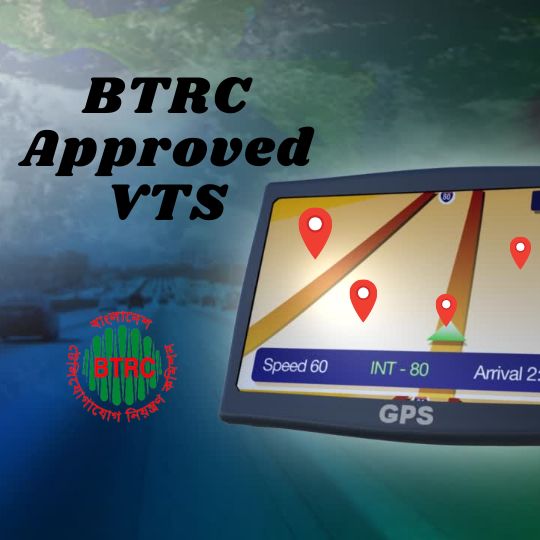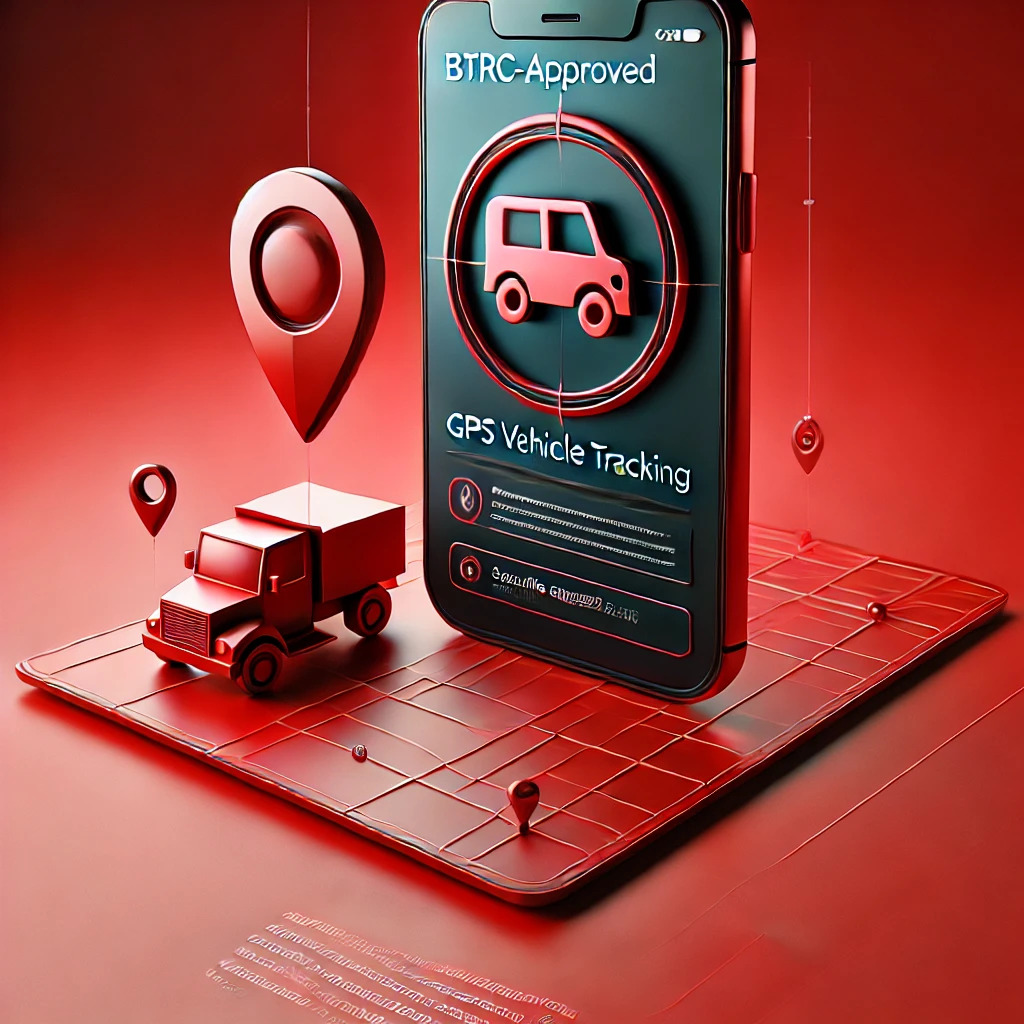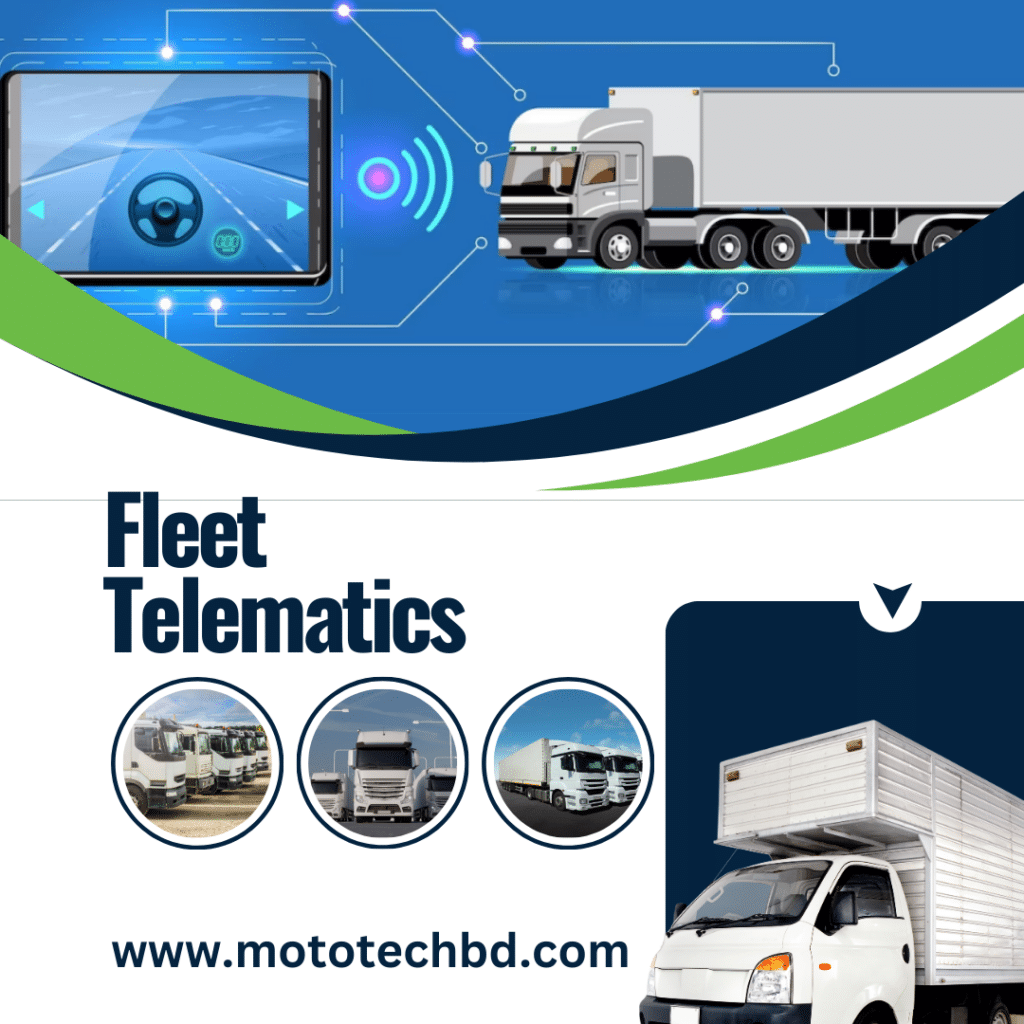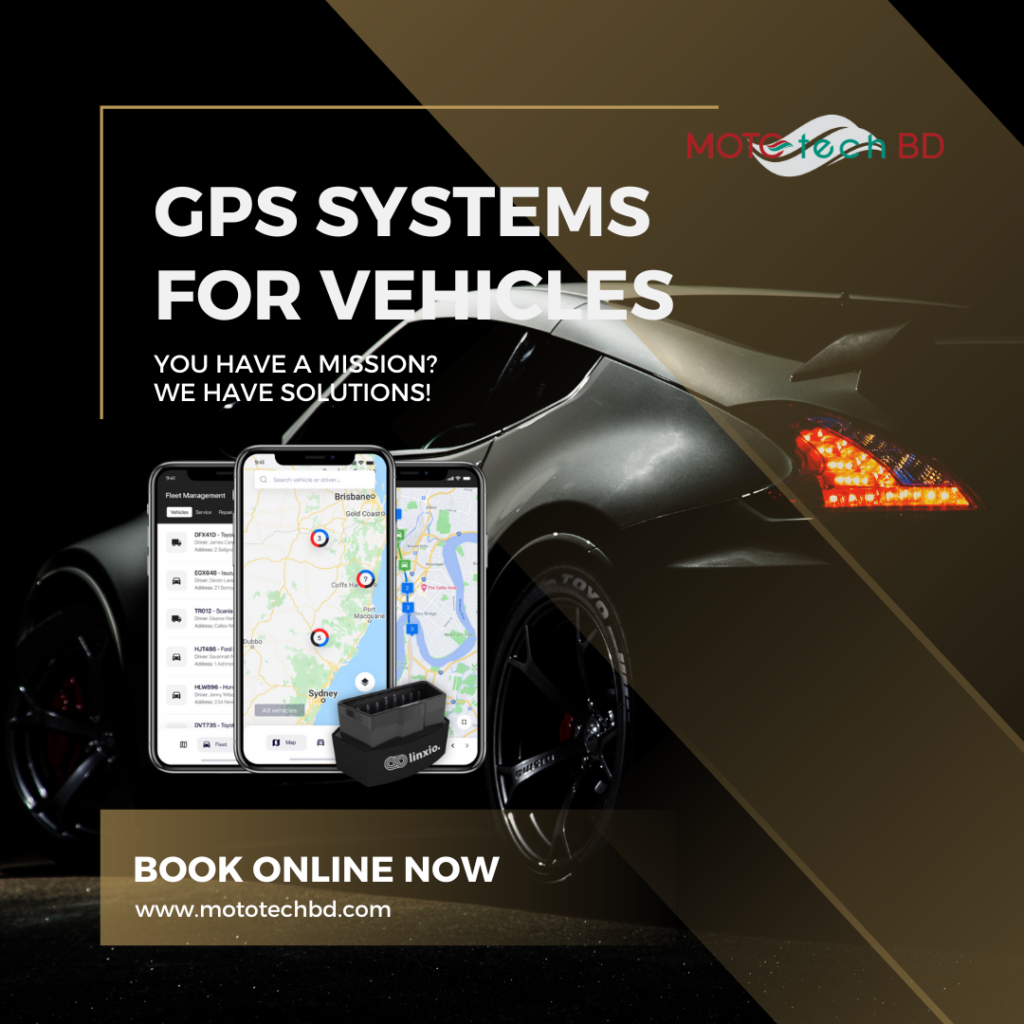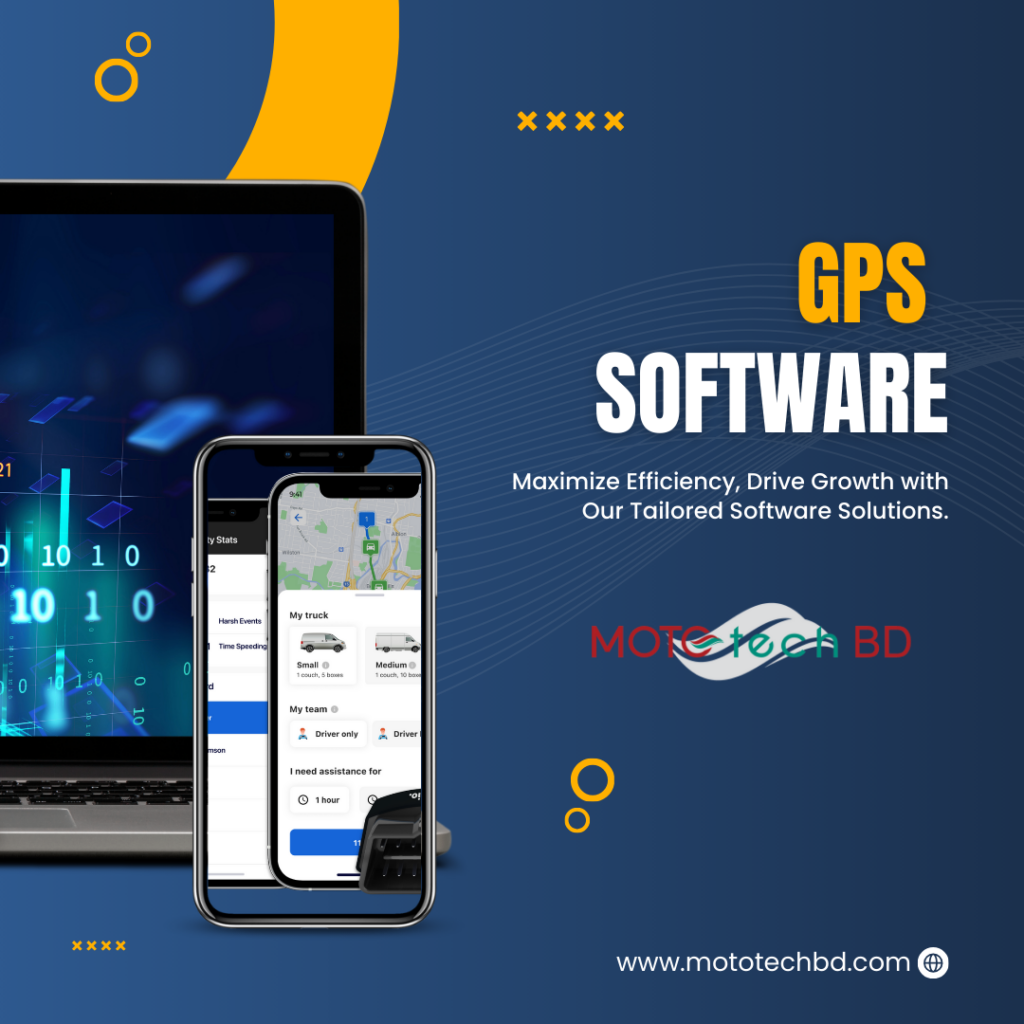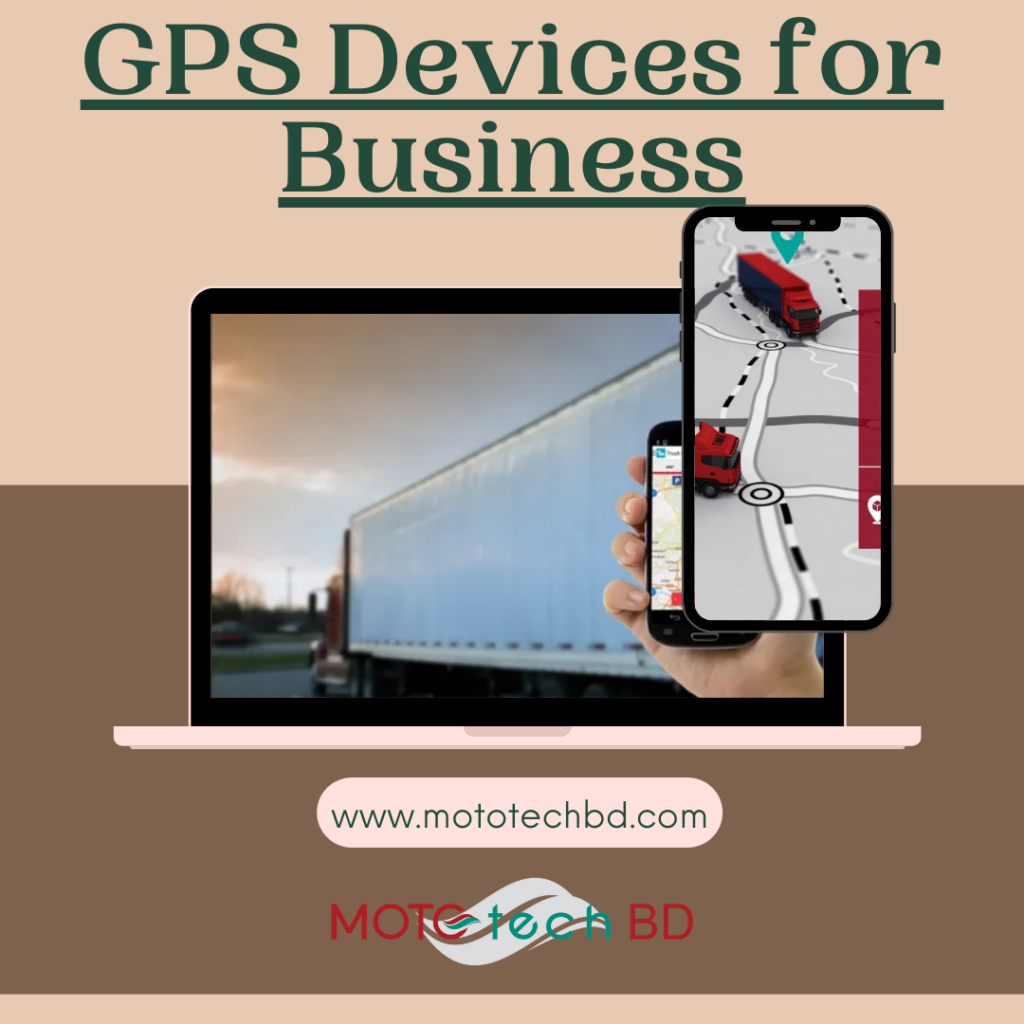GPS technology has transformed the way we navigate and track objects in the modern world. From smartphones to vehicles and even shipping containers, GPS is everywhere. But what exactly is GPS, and how does it work? In this blog post, we’ll break down the science behind GPS technology, explore its uses, and explain why it’s become such an integral part of our lives.
What is GPS Technology?
GPS stands for Global Positioning System, a satellite-based navigation system that allows users to determine their exact location on Earth. The system consists of 24 satellites orbiting the planet, ground stations, and receivers. When a GPS device receives signals from at least four satellites, it can calculate its precise position in terms of latitude, longitude, and altitude.
How GPS Technology Works
GPS technology relies on a network of satellites that continuously transmit signals. A GPS receiver on the ground picks up these signals, calculates the time it took for them to arrive, and uses this information to determine the device’s exact location. This process is known as trilateration.
- Satellites: There are 24 active satellites orbiting Earth, sending signals to GPS receivers.
- Receivers: The GPS device, such as a smartphone or vehicle tracker, picks up these signals.
- Ground Stations: These stations monitor and ensure the satellites are functioning correctly.
Key Benefits of GPS Technology
- Navigation: GPS provides accurate, real-time directions for personal and business use, making navigation easier and more efficient.
- Tracking: Whether it’s tracking vehicles, assets, or individuals, GPS offers real-time location updates and route history.
- Security: GPS enhances security by enabling real-time monitoring of vehicles, shipments, and people, aiding in theft prevention and recovery.
- Time-Saving: Businesses use GPS technology to optimize routes, saving time and reducing fuel costs.
- Emergency Response: In emergencies, GPS technology helps rescue teams locate individuals quickly and efficiently.
Applications of GPS Technology
GPS technology is used across many industries and daily applications. Some of the most common uses include:
- Personal Navigation: Smartphones and cars use GPS to provide real-time directions and suggest optimized routes based on traffic conditions.
- Fleet Management: Businesses use GPS to monitor their fleet’s location, fuel consumption, and driver behavior to optimize operations.
- Asset Tracking: Companies track valuable shipments and equipment using GPS technology, ensuring their security and location in real-time.
- Geofencing: GPS enables geofencing, where users can set virtual boundaries for vehicles or assets. Alerts are triggered if the device exits the predefined area.
- Agriculture: Farmers use GPS for precision farming, helping them plan planting, fertilizer application, and harvesting more efficiently.
- Outdoor Activities: Hikers, cyclists, and outdoor enthusiasts use GPS devices for navigation and safety in remote areas.
How Accurate is GPS Technology?
Modern GPS technology is incredibly accurate. Under ideal conditions, a GPS receiver can pinpoint your location within a few meters. However, the accuracy depends on several factors:
- Number of Satellites in View: The more satellites your device can connect to, the more accurate the position.
- Atmospheric Conditions: Weather can slightly impact GPS signals, but modern receivers can still function under various conditions.
- Obstructions: Tall buildings, dense forests, or tunnels may obstruct satellite signals and affect accuracy.
Advancements in GPS Technologies
As GPS technology evolves, its applications continue to expand:
- Assisted GPS (A-GPS): A-GPS improves the accuracy and speed of positioning in devices by using cellular networks in addition to satellite signals.
- GNSS (Global Navigation Satellite System): This system includes other satellite constellations, such as Europe’s Galileo and Russia’s GLONASS, improving accuracy.
- Wearable Devices: Smartwatches and fitness trackers now come equipped with GPS, allowing users to track their location, steps, and even heart rate data.
Future of GPS Technology
The future of GPS technology looks promising as it continues to innovate:
- Autonomous Vehicles: GPS is a critical component in self-driving cars, helping them navigate safely without human input.
- Drones: Drones use GPS for stable flight and route planning, allowing precise movement in complex environments.
- Augmented Reality (AR): Combining GPS with AR creates new experiences, such as enhanced outdoor navigation and real-time location-based gaming.
Conclusion
GPS technology has revolutionized how we interact with the world around us, from navigation to security and fleet management. As the technology advances, its applications will continue to expand, shaping industries and daily life. Whether you’re looking for a reliable navigation system or advanced tracking solutions, GPS technology will play a crucial role in your day-to-day activities.


 YAMAHA
YAMAHA SUZUKI
SUZUKI HONDA
HONDA



